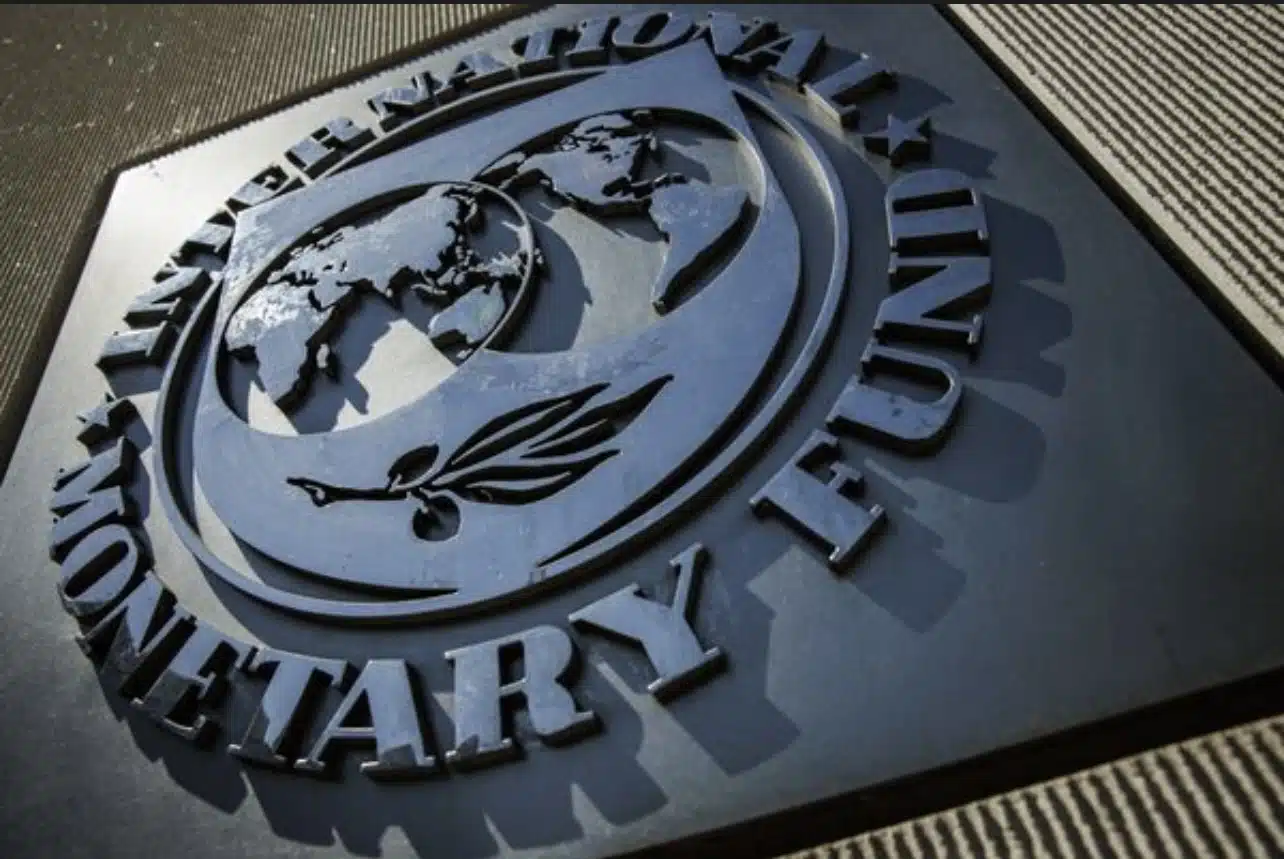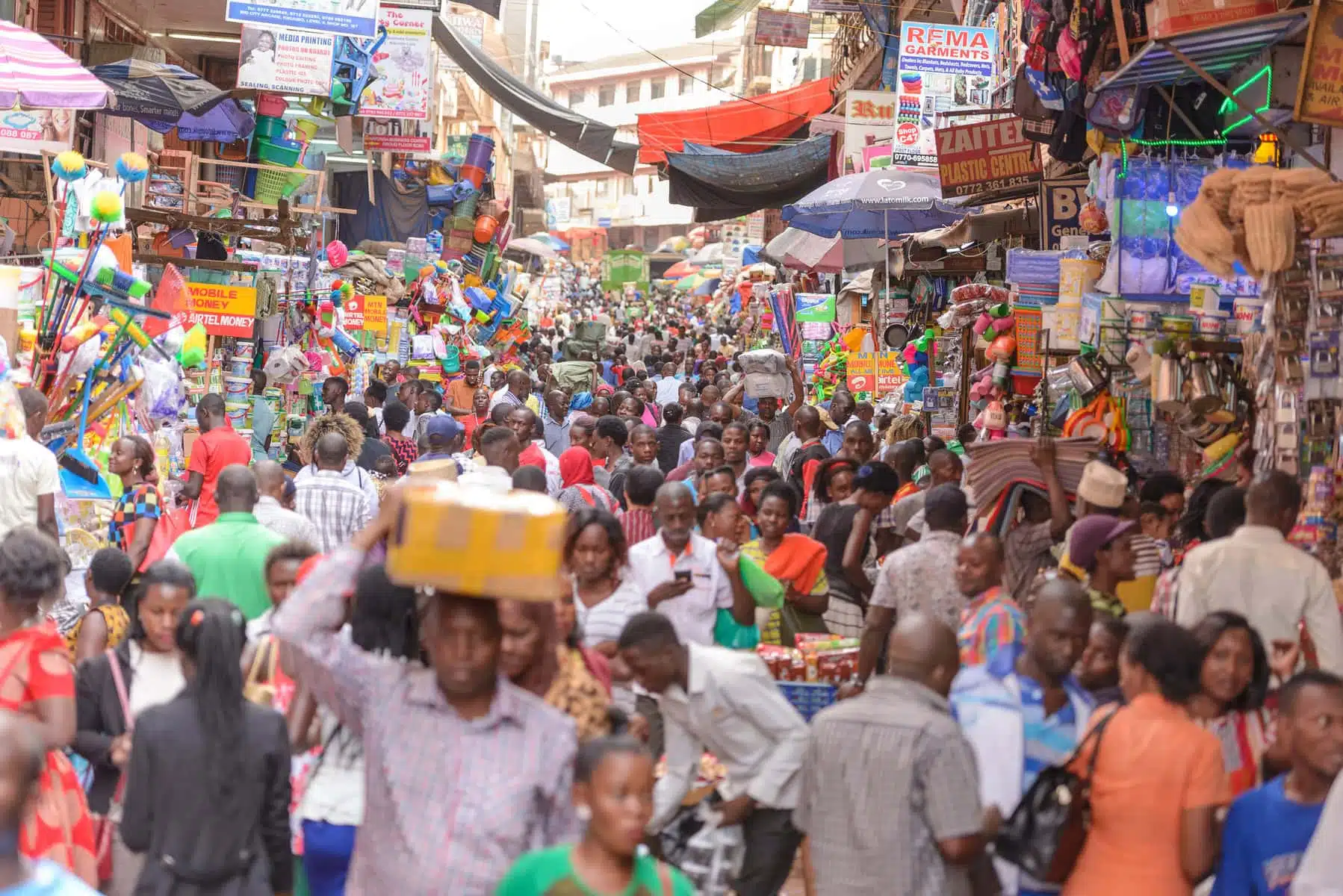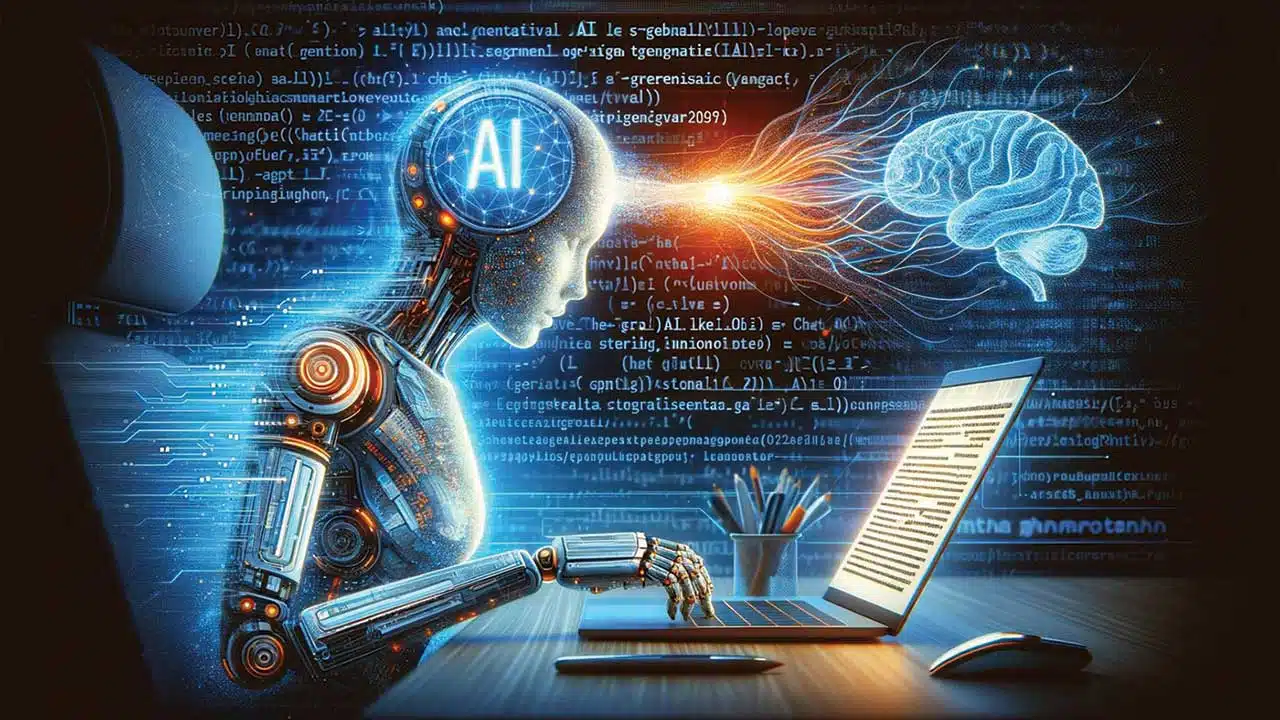Egypt’s inflation rate reversed course in March, climbing to 13.6% after six consecutive months of decline, as fresh cost pressures mounted across food, transport, healthcare, and utilities.
Data released Thursday by the state statistics agency CAPMAS showed that annual urban consumer inflation rose by 1.6% in March from 12.8% in February—surprising analysts who had projected a further easing to around 12.6%.
Food and beverage prices—a major driver—spiked 3.5% from February and jumped 6.6% year-on-year, nearly doubling the 3.7% rate recorded the previous month.
While inflation had been on the decline over the past six months, it has consistently remained above the Central Bank of Egypt’s 7% target, underscoring persistent price pressures in Africa’s third-largest economy.
The latest figures follow a sharp plunge in February inflation – which was largely driven by favourable base effects.
A year earlier, Egypt was still grappling with the inflationary aftermath of multiple currency devaluations and a sharp pullback of foreign investment following Russia’s invasion of Ukraine.
Now, the picture is shifting again. Monthly inflation surged in March, with consumer prices reaching 250.6 index points.
Food staples such as bread and cereals rose by 8.1%, while fruit prices soared by 76.7%. Water and utilities jumped 17.4%, healthcare rose by 25.5%, and transport costs leapt 29.5% year-on-year—reflecting broader supply-side pressures and continued weakness in the Egyptian pound.
The CBE, which raised rates by 600 basis points in March 2024 as part of a package tied to an $8 billion IMF deal, is now facing renewed pressure ahead of its next Monetary Policy Committee meeting on April 17.
Despite earlier hopes for a rate cut, the new inflation reading, combined with ongoing global uncertainty—exacerbated by the US president’s recently imposed tariffs—may keep the CBE on the sidelines for now.
Also weighing on the inflation outlook is the continued surge in money supply. M2 money supply rose by 33.9% in the year to end-February, signalling that liquidity-driven inflation risks remain entrenched in the system.









